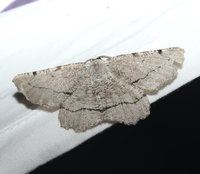
| Recorded by: David George, Rich Teper on 2024-05-13
Chatham Co.
Comment: | 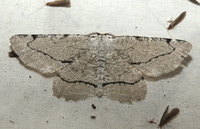
| Recorded by: David George, Rich Teper on 2024-05-13
Chatham Co.
Comment: |
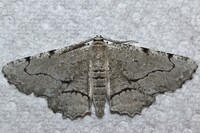
| Recorded by: David George, Jeff Niznik on 2024-04-29
Chatham Co.
Comment: | 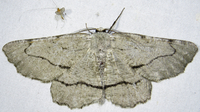
| Recorded by: tom ward on 2023-06-14
Buncombe Co.
Comment: |
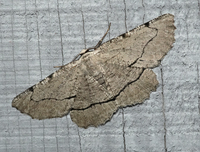
| Recorded by: Chuck Smith on 2023-05-07
Davidson Co.
Comment: | 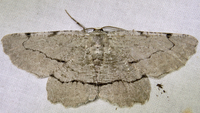
| Recorded by: tom ward on 2022-06-18
Buncombe Co.
Comment: |
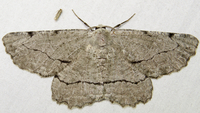
| Recorded by: tom ward on 2022-06-11
Buncombe Co.
Comment: | 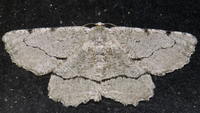
| Recorded by: tom ward on 2022-06-07
Buncombe Co.
Comment: |
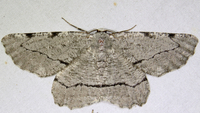
| Recorded by: tom ward on 2022-06-06
Buncombe Co.
Comment: | 
| Recorded by: tom ward on 2022-06-05
Buncombe Co.
Comment: |
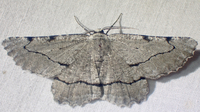
| Recorded by: tom ward on 2022-06-02
Buncombe Co.
Comment: | 
| Recorded by: K. Bischof on 2018-05-21
McDowell Co.
Comment: |

| Recorded by: K. Bischof on 2018-05-16
McDowell Co.
Comment: | 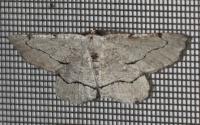
| Recorded by: Julie Tuttle on 2017-05-16
Chatham Co.
Comment: |

| Recorded by: K. Bischof on 2017-05-16
McDowell Co.
Comment: | 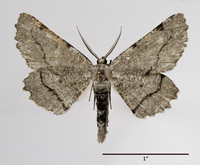
| Recorded by: Stephen Hall on 2015-05-12
Orange Co.
Comment: |

| Recorded by: Parker Backstrom on 2014-05-21
Chatham Co.
Comment: | 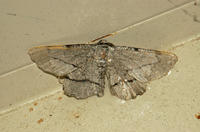
| Recorded by: Parker Backstrom on 2012-05-03
Chatham Co.
Comment: |
|

 »
»


 »
»
